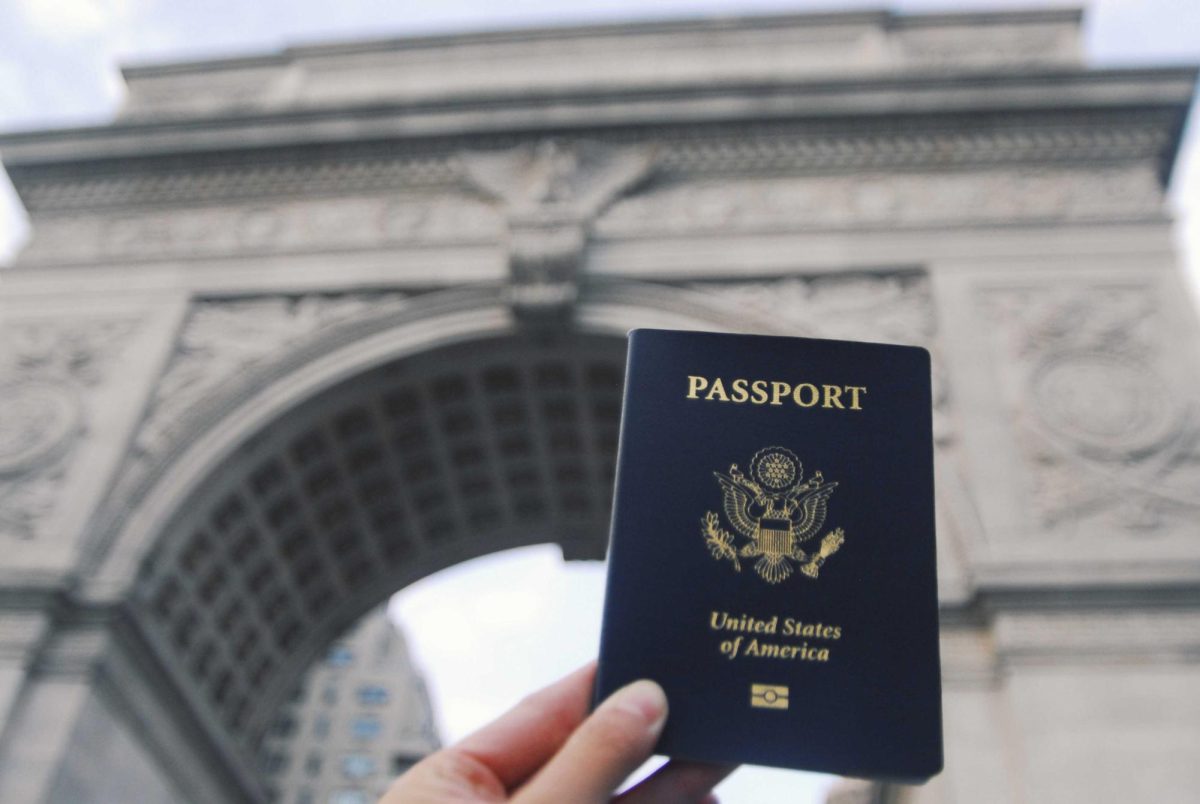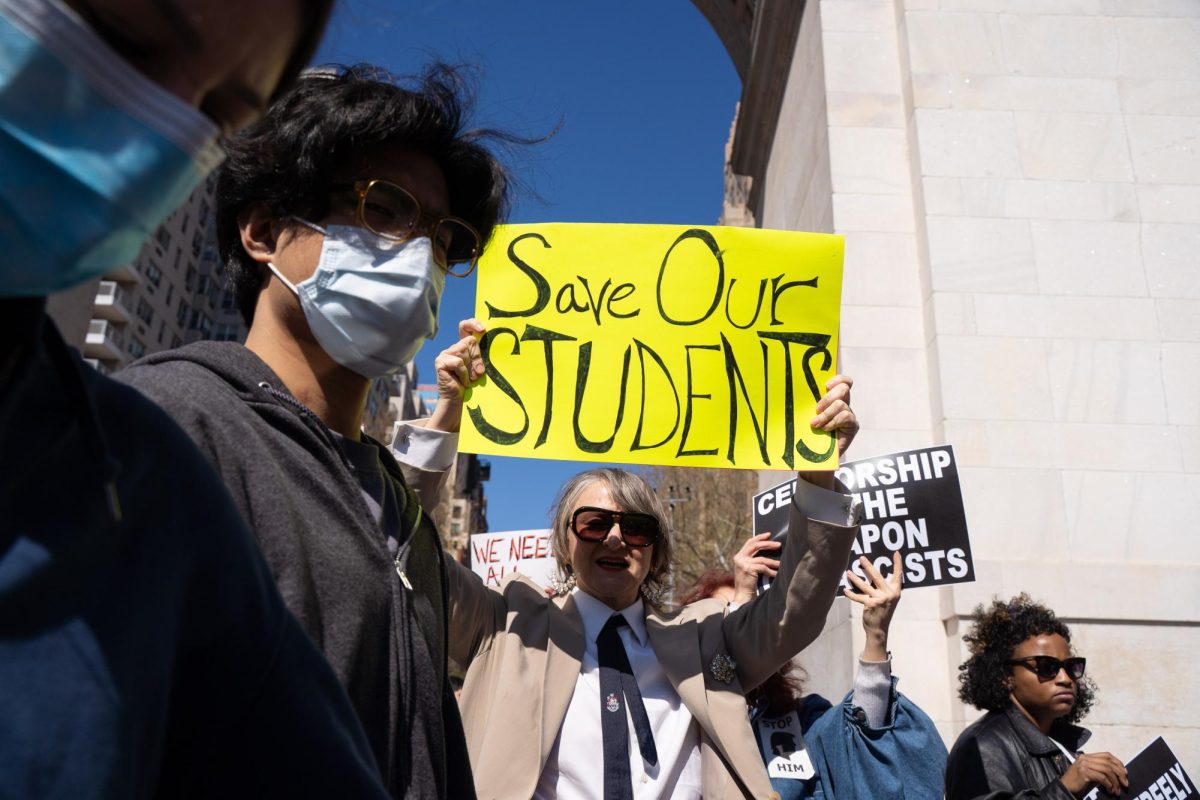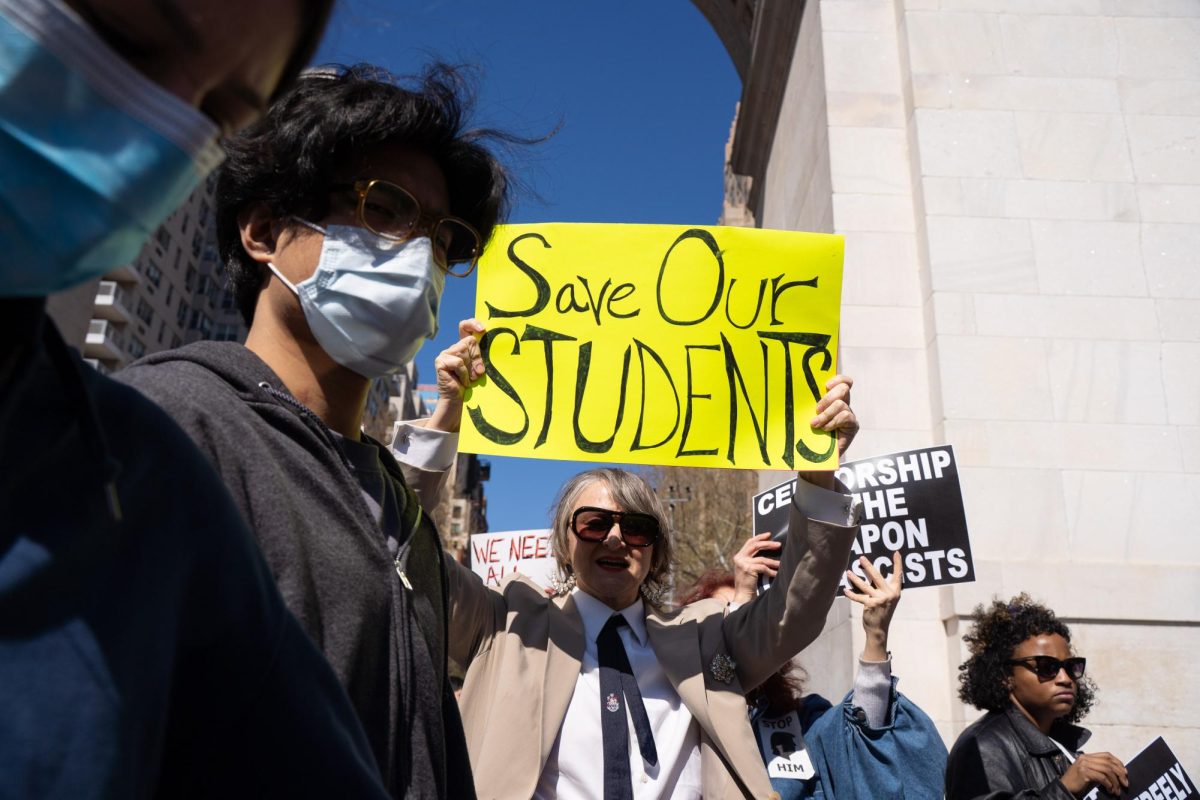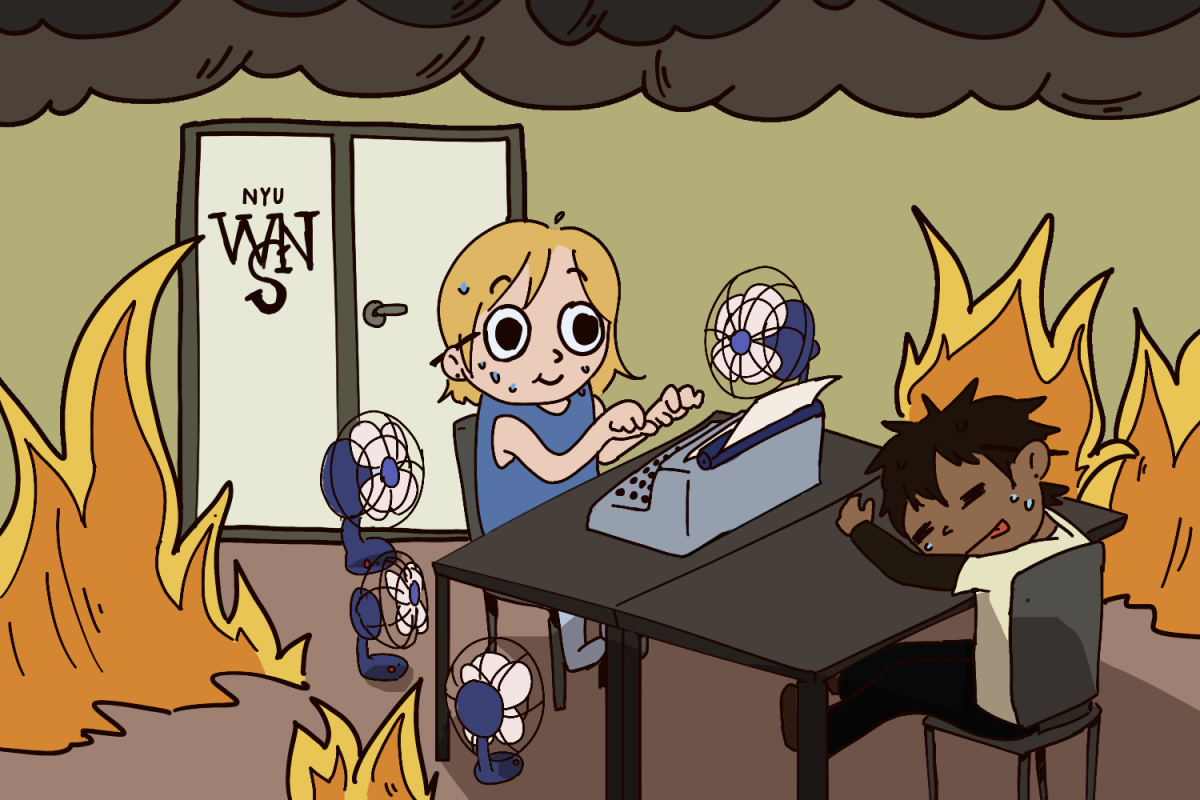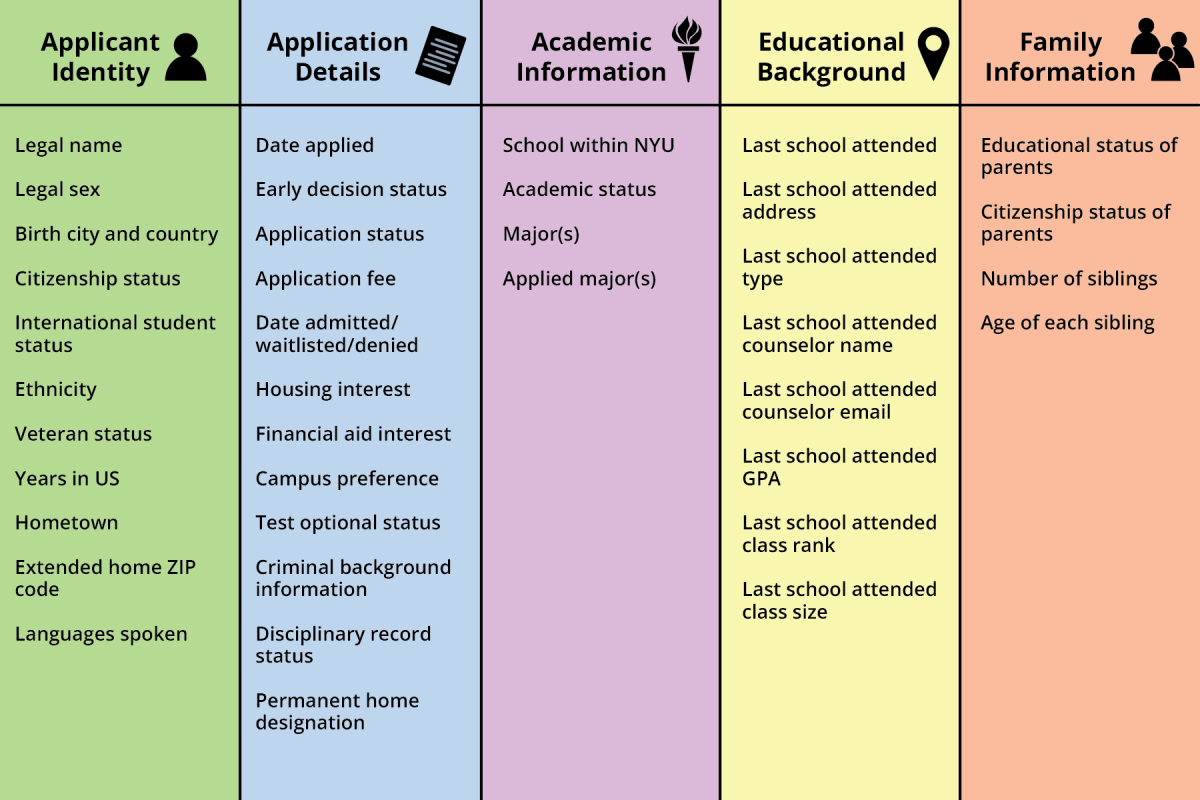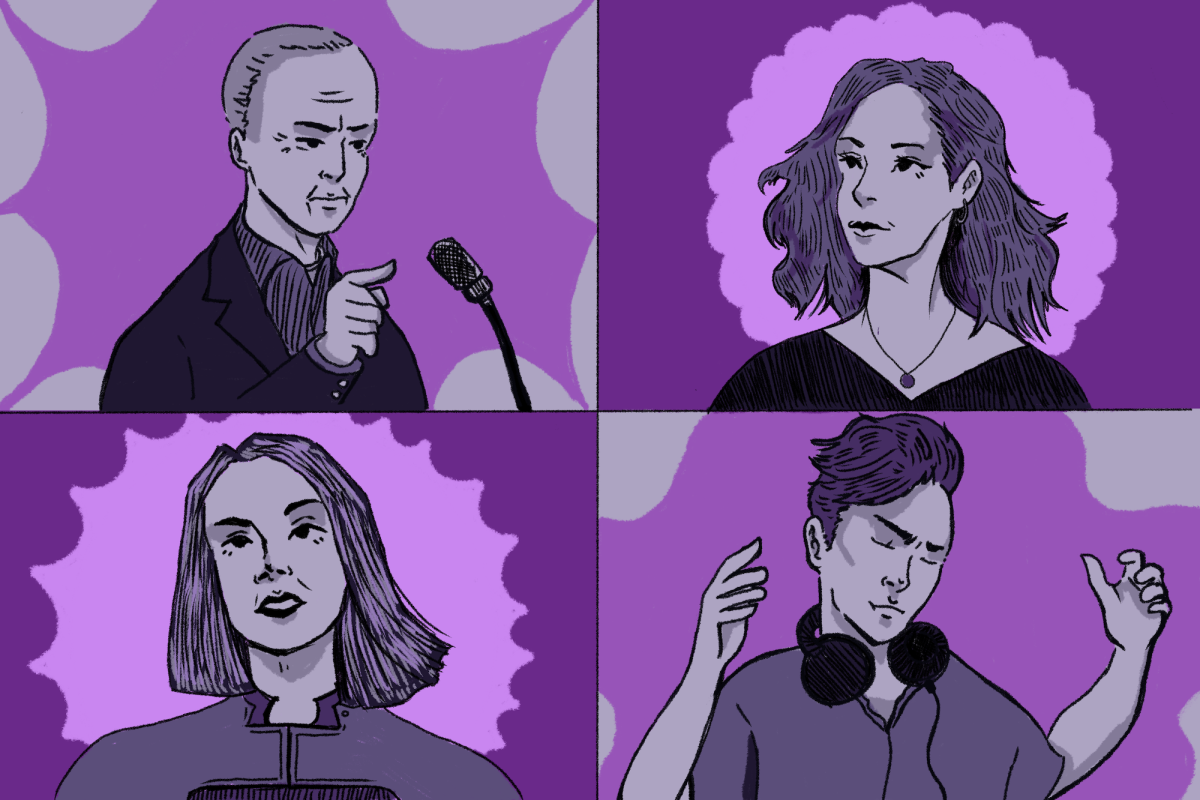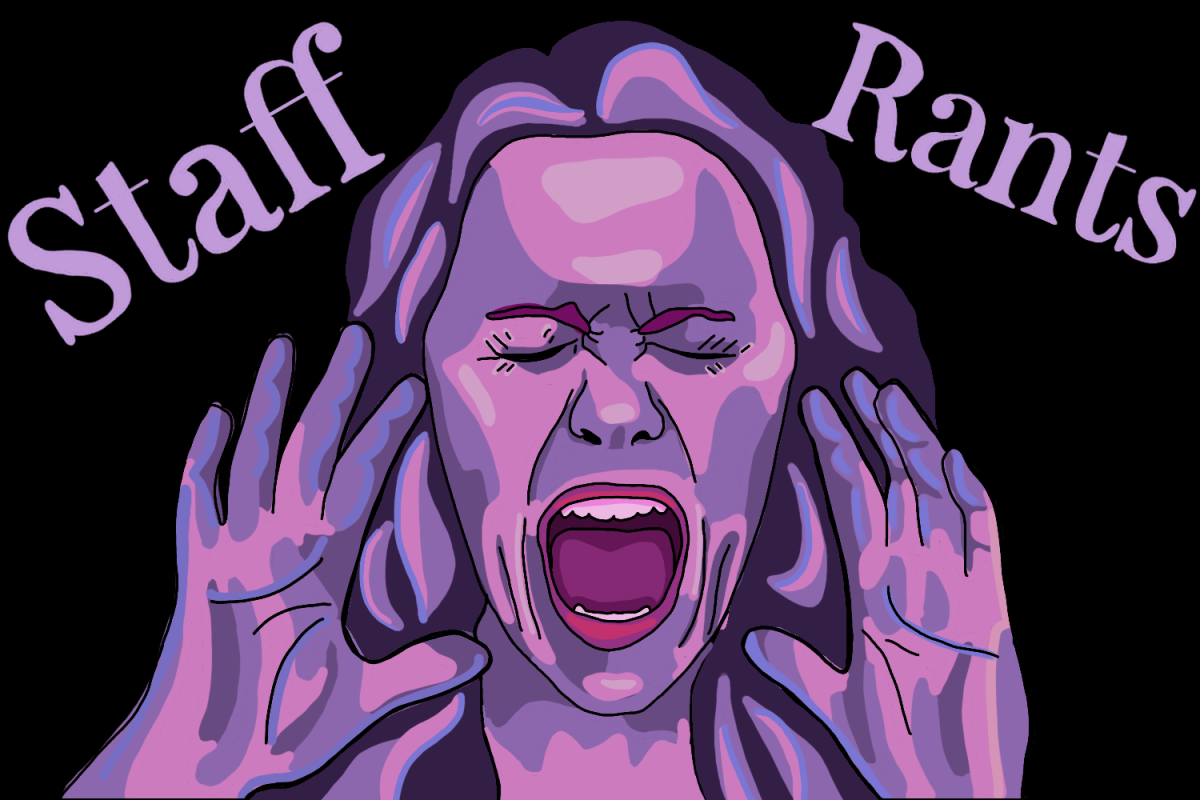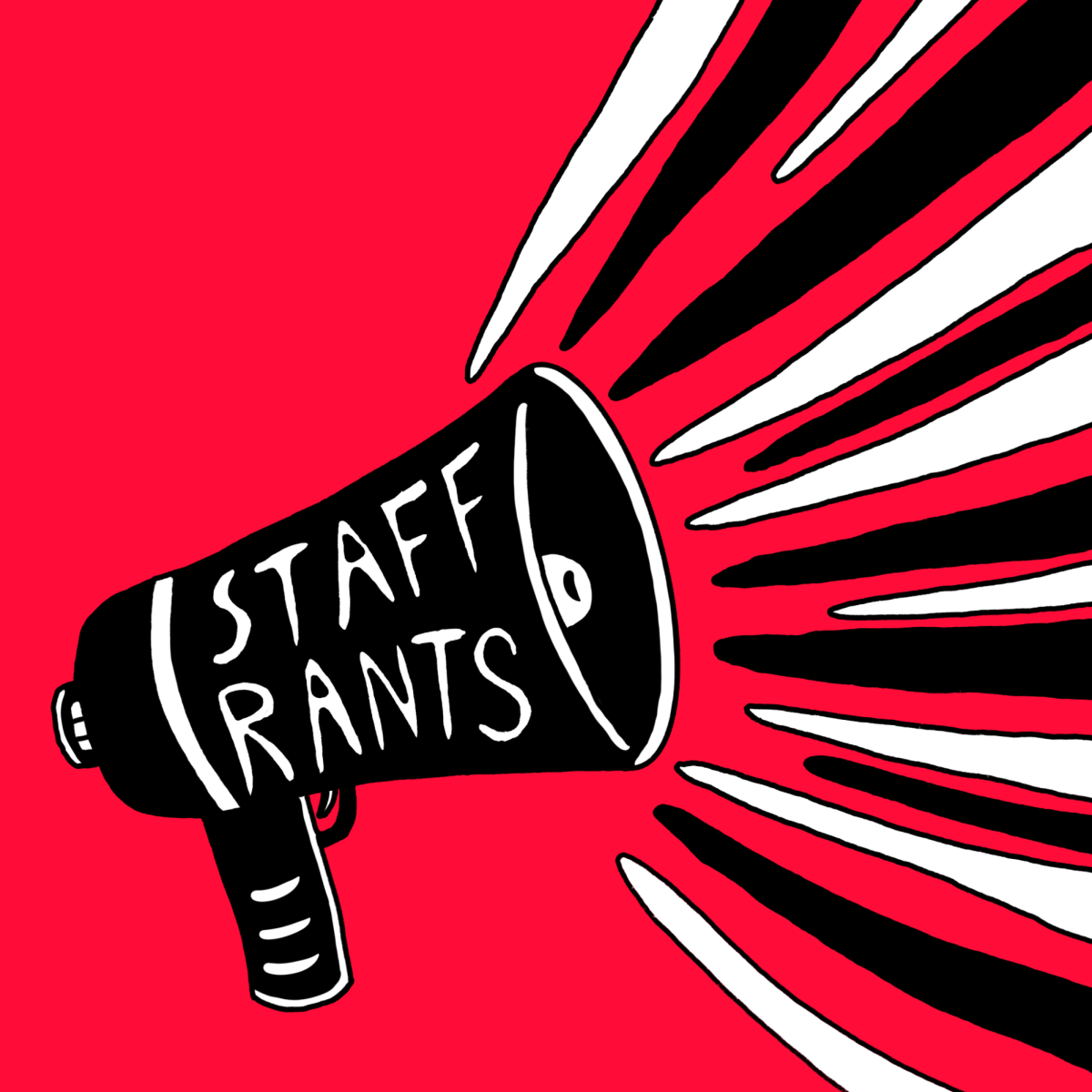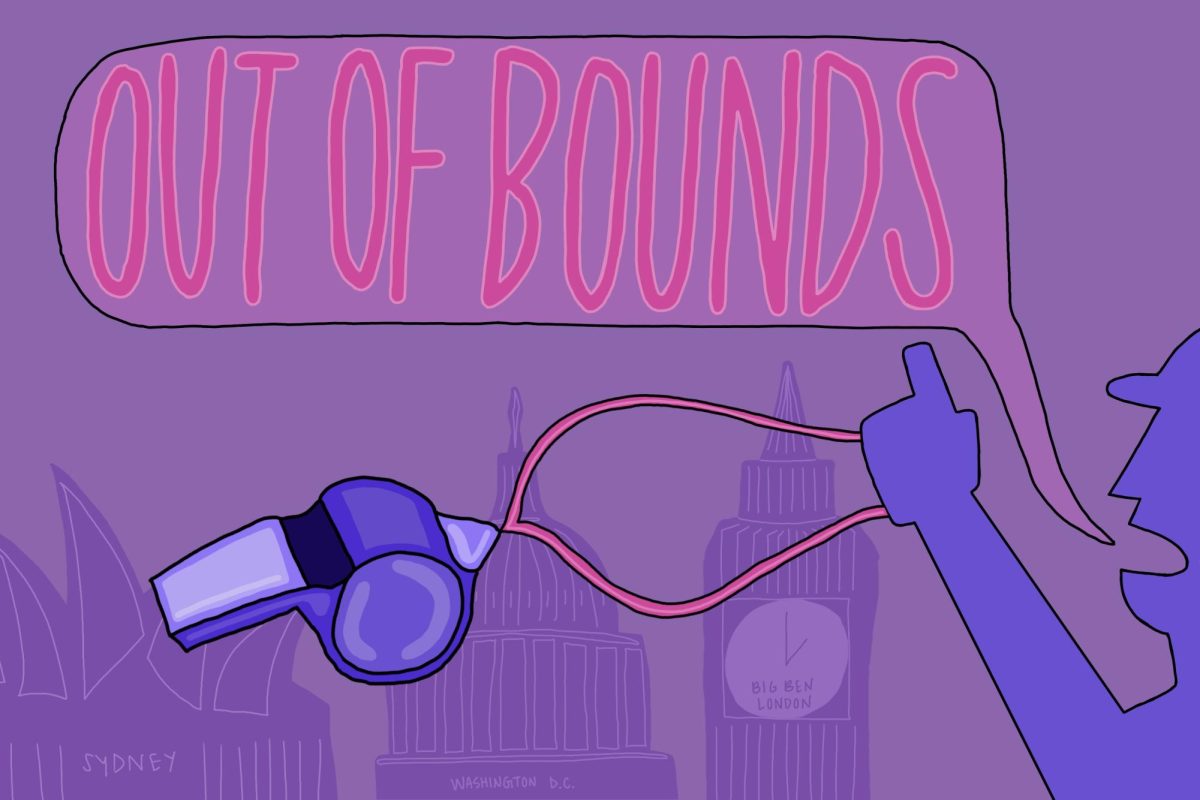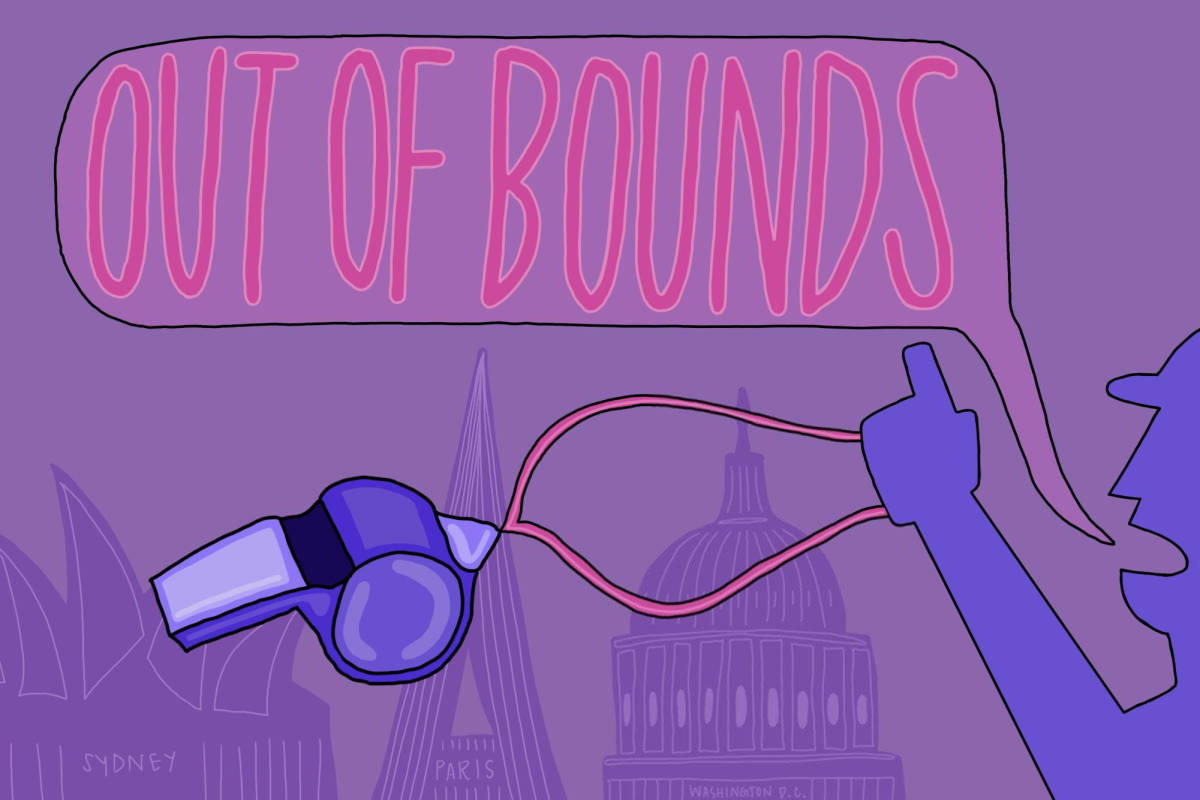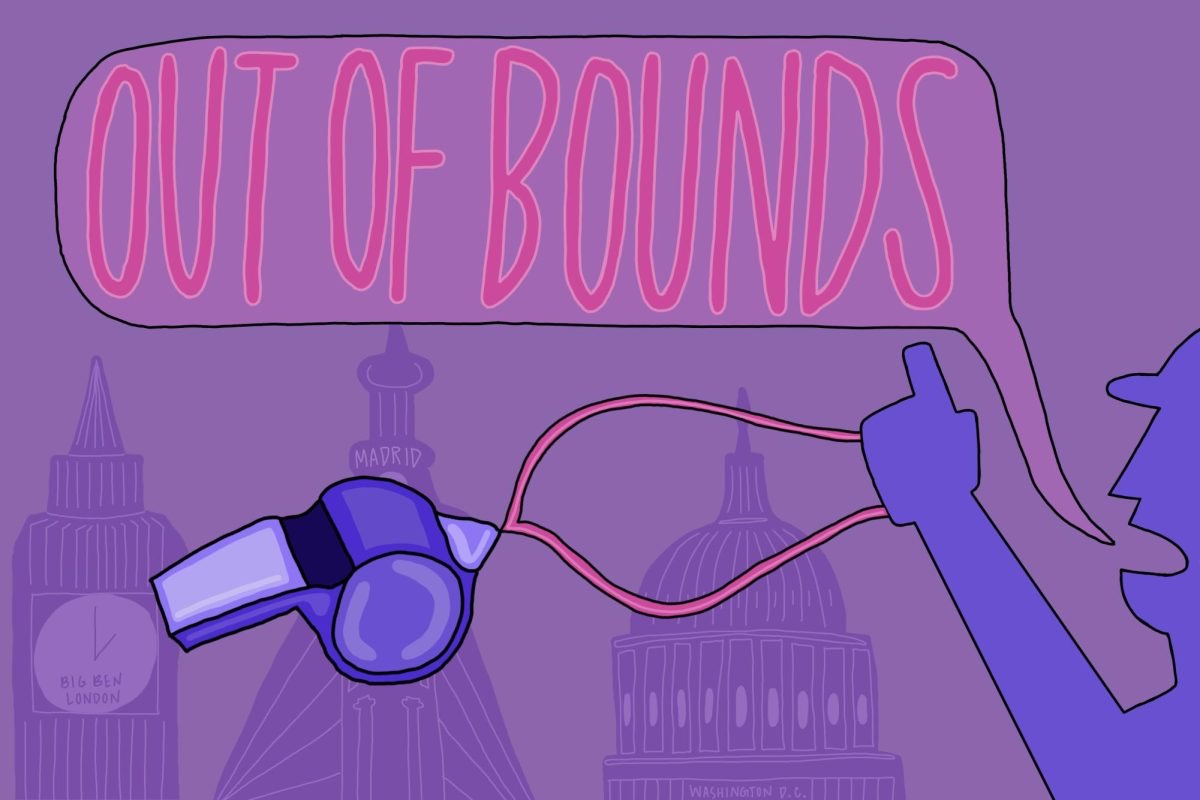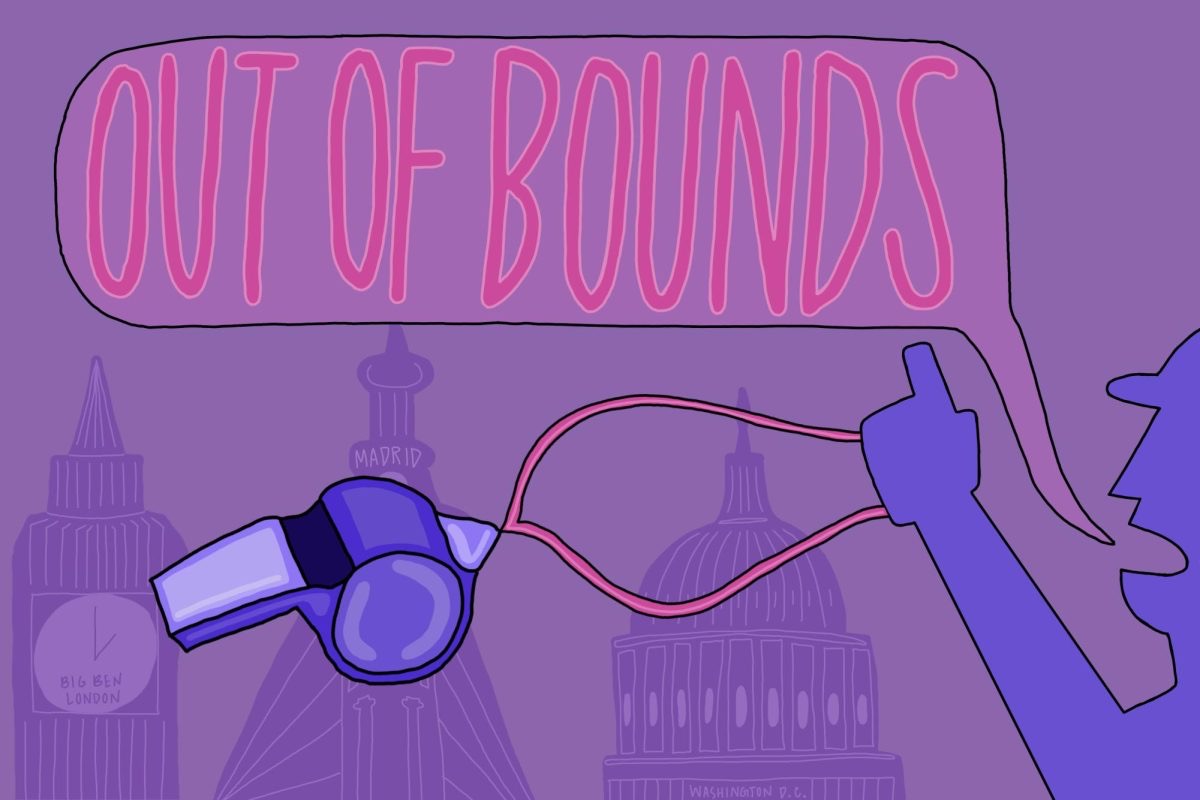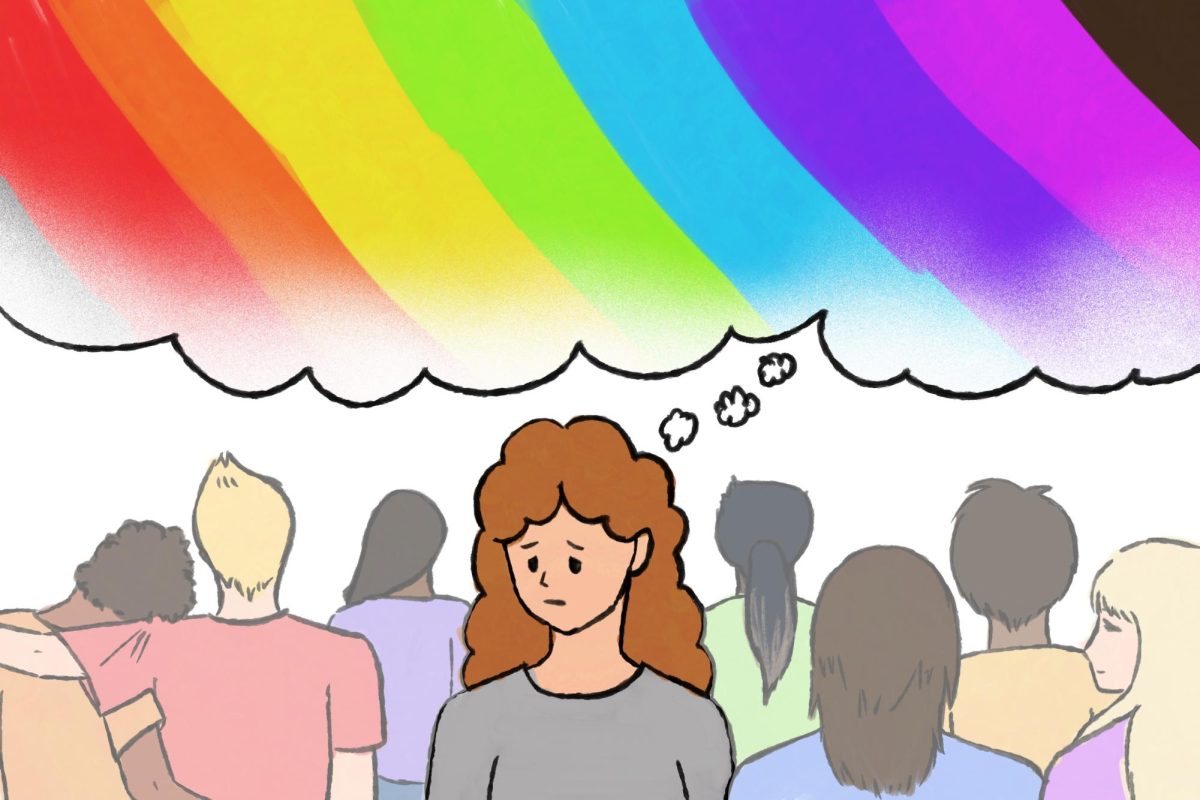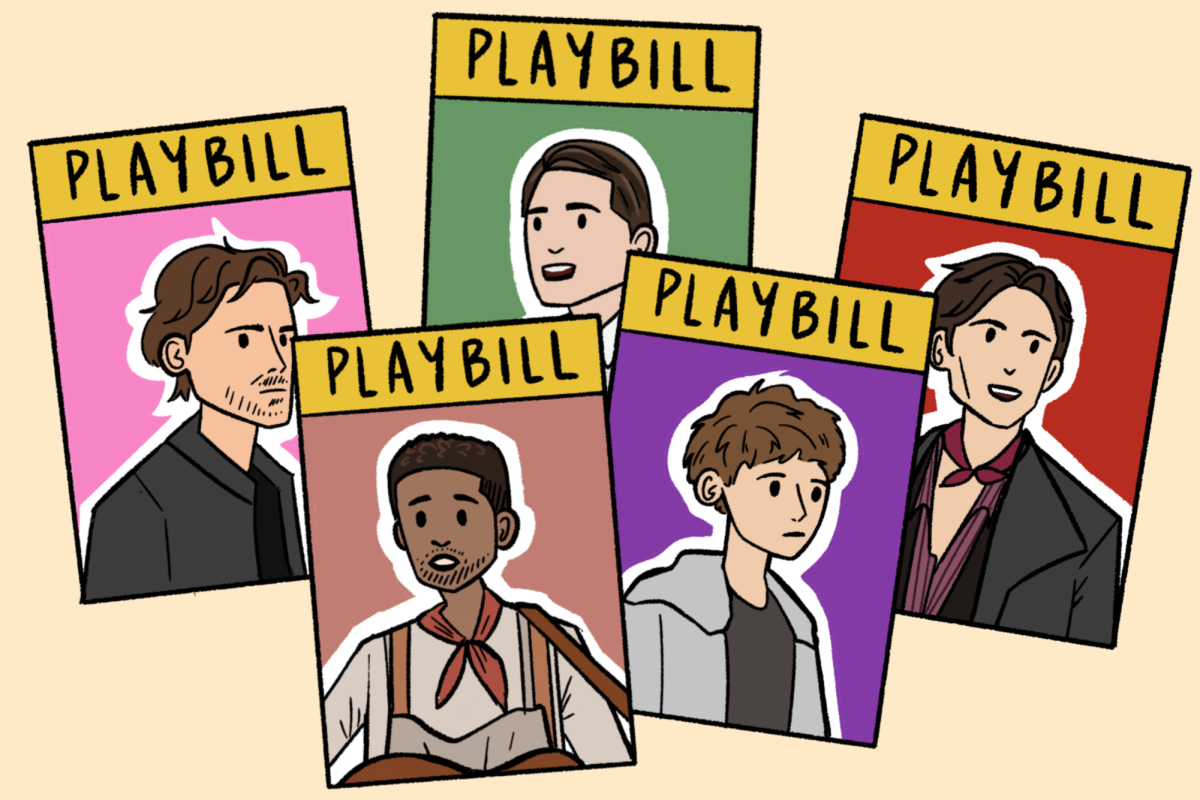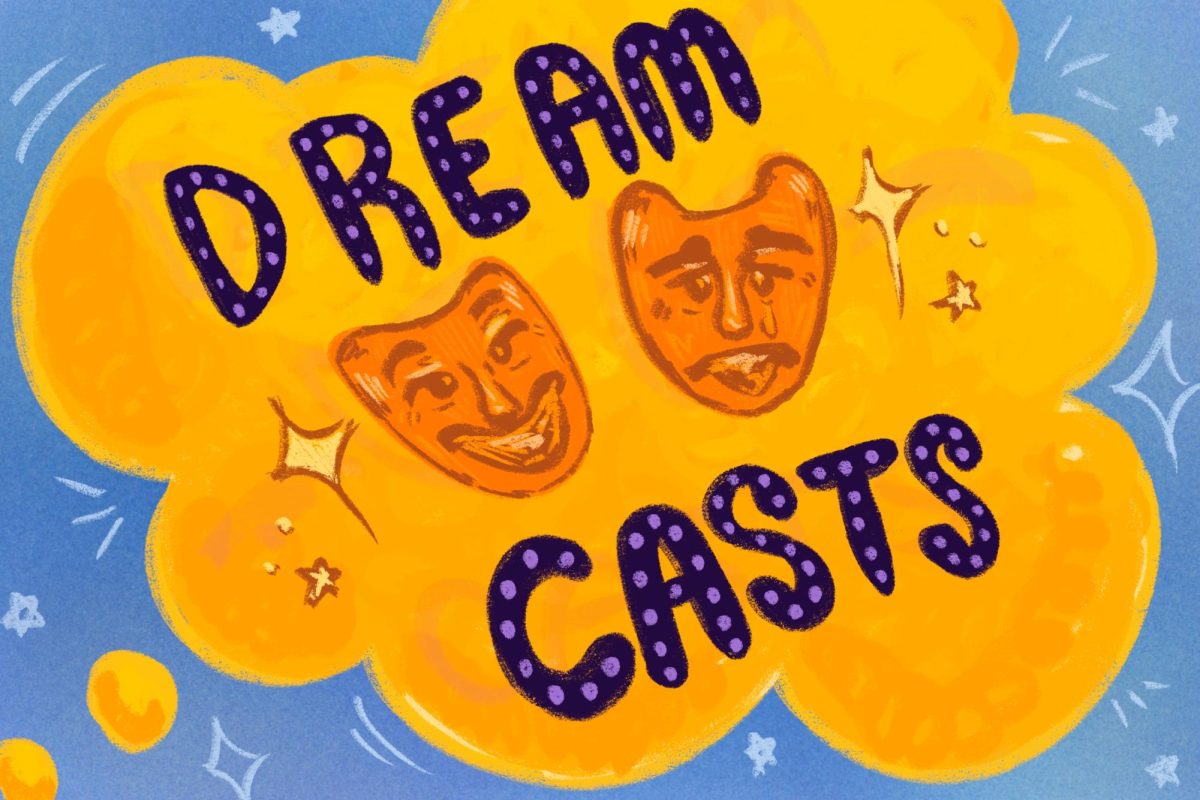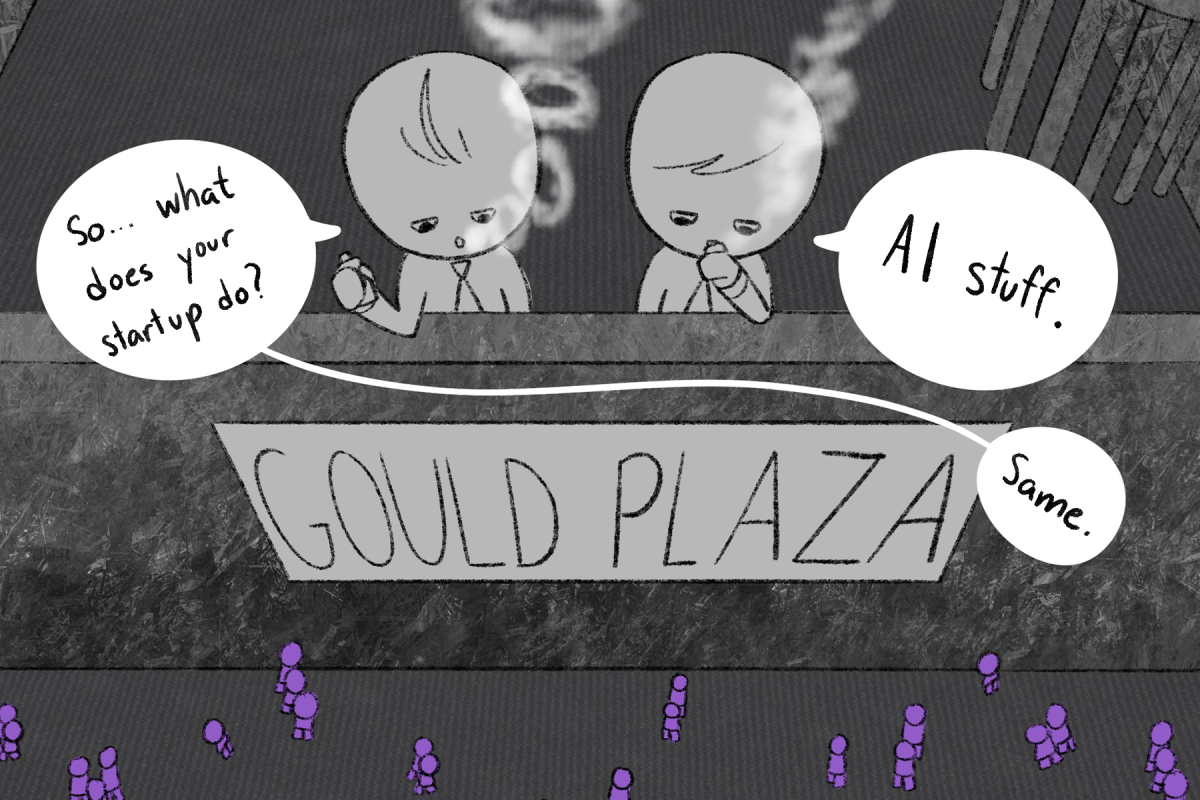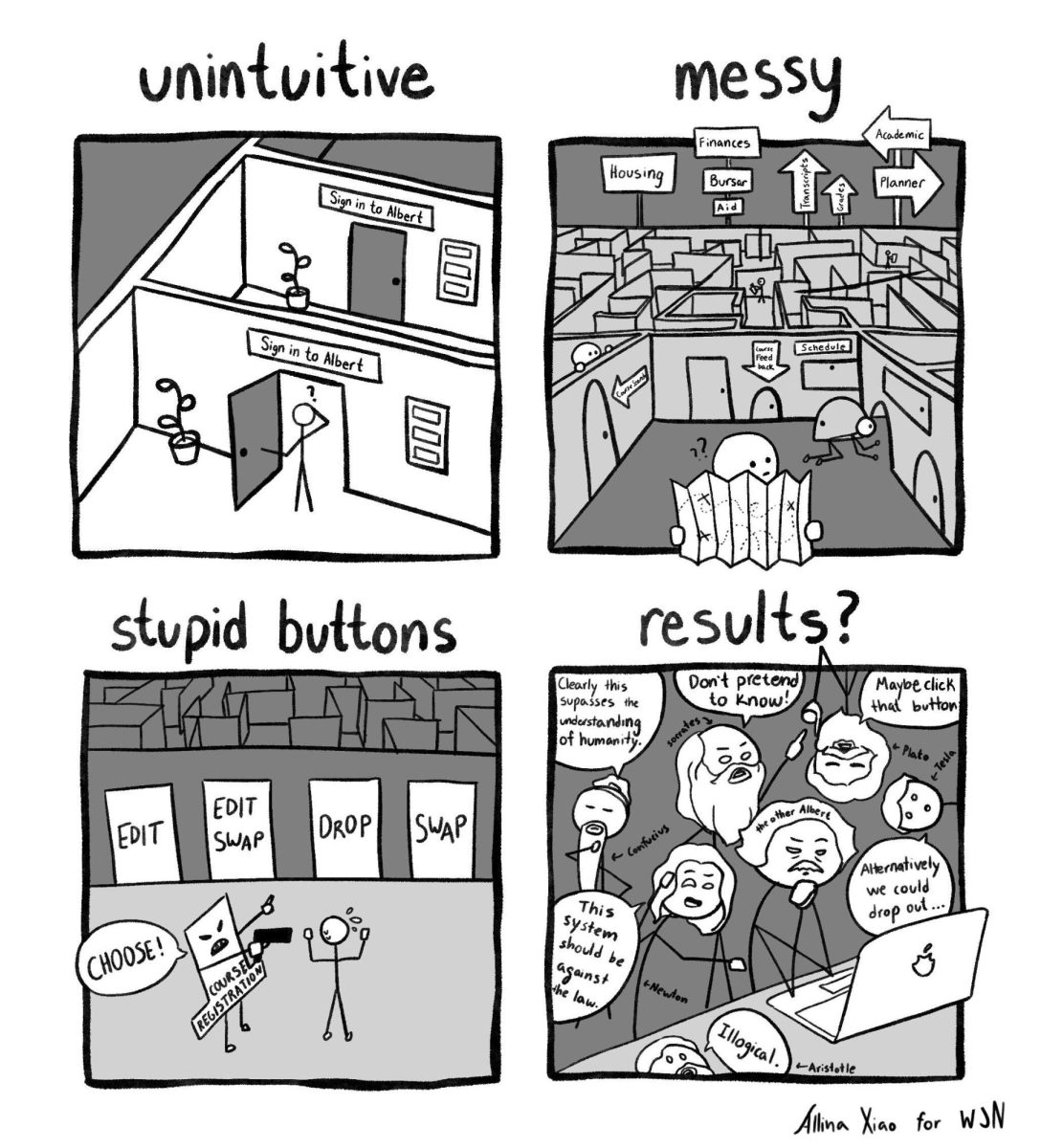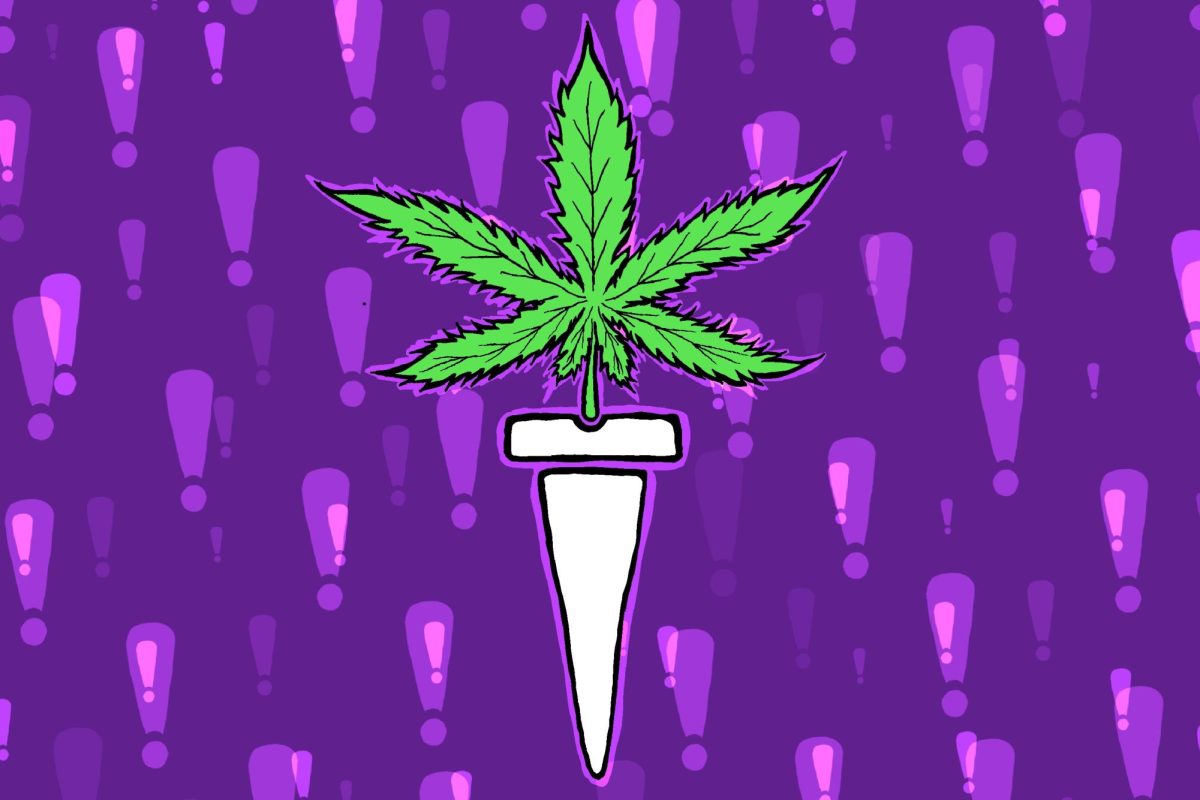At NYU, marijuana is a large part of campus culture. When I walked through campus for the first time, the pungent smell of cannabis lingered in the air, emanating from dorms, elevators and the corners of Washington Square Park. It quickly became clear to me that marijuana use is deeply embedded in NYU’s campus culture. However, as we continue to normalize marijuana use on campus, it is important for students to consider the health consequences of this increasingly widespread habit.
Smoking weed has grown so common that marijuana is no longer seen as an illicit substance, but a normal aspect of everyday life. Those aged 18 to 25 have the highest rate of use out of any other age group. In 2023, almost a quarter of college students surveyed reported smoking marijuana in the prior month, with 38.2% of another study reported using it once a month or more. Getting high has become a way to socialize and bond with fellow students, while others smoke to relax or focus. College students often turn to smoking weed to cope with academic pressures or relieve stress and anxiety. For NYU students, marijuana is incredibly easy to access, with dispensaries and smoke shops just a short walk from campus offering a wide range of products. Those who are particularly desperate may even get their supply from vendors in Washington Square Park.
The risks of marijuana consumption are often overlooked, especially in light of its increasing normalization and legalization. This reputation largely stems the lack of research on cannabis’ harmful effects. However, as research on marijuana has expanded, it has become clear that this narrative downplaying marijuana’s dangers is not only misleading but potentially dangerous.
A common belief is that cannabis is non-addictive, but research tells a different story. Regular cannabis use can lead to physical and psychological dependence. One in 10 users can develop an addiction, and when it comes to those who started using prior to the age of 18, that figure is one in six. Despite this, many regular users vehemently deny the addictive potential of cannabis. Cannabis Use Disorder manifests itself as compulsive use, cravings and withdrawal symptoms such as irritability, anxiety and sleep disturbances — all of which can make quitting difficult for heavy users, just like alcohol or other addictive substances. The denial of addiction risks like these is concerning as it can lead users to overlook their gradual slide into dependence.
Though smoking marijuana poses significant risks to the body, particularly the respiratory system, few users can name a health risk beyond the minor cough that comes from smoking a joint. A study published by the American Thoracic Society linked long-term marijuana smoking to the development of conditions such as chronic bronchitis and lung damage. Additionally, emerging research suggests that cannabis use can negatively affect cardiovascular health. A 2023 press release published by the American College of Cardiology found that marijuana use may increase the risk of heart attack and strokes, especially among younger people.
One of the most overlooked risks of marijuana use is its impact on cognition. 63% of surveyed heavy marijuana users were also found to exhibit notably lower brain activity during working memory tasks, showing the effect that persistent and heavy long-term use has on users’ memory.
The amount of THC in marijuana, the main psychoactive chemical in cannabis, has been rising for decades. The amount of THC in today’s marijuana is three times more than it was 25 years ago. When THC concentrations are higher, the effects of marijuana use on the brain is stronger. High-THC strains, such as those sold at the dispensaries around campus, have even been shown to exacerbate schizophrenia and may trigger or worsen psychotic episodes in susceptible individuals.
While many students use marijuana to cope with anxiety, it has also been found to increase symptoms of anxiety for many when THC levels are higher. This creates a dangerous cycle: Marijuana may offer short-term relief but can ultimately amplify anxiety, leading to greater psychological distress and potential dependence. When cannabis is bought illicitly — as it is by many underage students — the risk of it being laced with other substances is much higher, the consequences of which can be increased psychoactive effects and at its worst, deadly.
The conversation around marijuana often revolves around its legal status and normalization, but we need to start talking about its real costs to our health. If we are to use marijuana responsibly, we should be more cautious about how we integrate marijuana into our lives and should recognize the potential dangers — both long-term and immediate. Whether it’s cognitive decline, mental health deterioration or physical harm, the risks are real and as students, we need to take a more thoughtful approach to their usage.
WSN’s Opinion section strives to publish ideas worth discussing. The views presented in the Opinion section are solely the views of the writer.
Contact Konrad Zawadzki at [email protected].





















